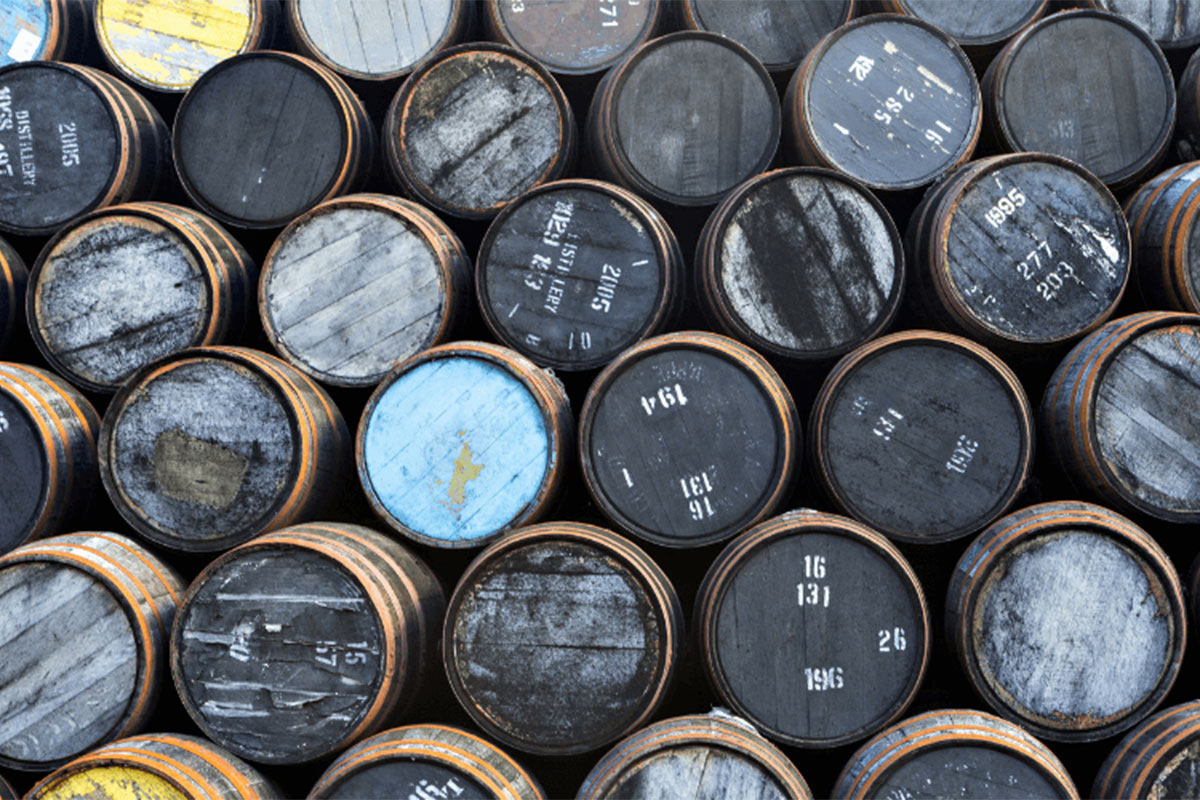GUIDES: Size Your Distillery
distillery size versus production volumes

There are three different ways we can determine adequate production volumes for your distillery. This will give us a well-rounded idea of what our distillery size and production needs will be — similar to a good, better, best scenario.
A Simple Break-Even Analysis
The first method is the easiest: how much do you need to make in order to stay in business? Another name for this calculation is your break even analysis. In this method, we’re going to assume a startup amount that we’ll need to start the distillery and then subtract the costs of actually starting the distillery – from construction costs and equipment to lease expense and marketing. What we’ll be left with is our operating funds. Then, we’ll take the sales price per bottle and subtract out the cost to manufacture our spirit(s)—like ingredients, taxes and salary—which will hopefully leave us with a positive number. From there, we can figure out how much we need to sell to cover the costs of staying in business and see how many months our operating capital will last. For instance, if it costs $3,000 a month to keep the lights on and you are retailing your only product (a white rum) for $20 a bottle with a $10 profit margin, you need to sell 300 bottles per month to stay in business. Therefore, you better make sure your equipment can produce 300 bottles per month (at minimum). Since it is costing you $10 a bottle to make that rum, you also need to look at how long it can take you to ramp up to the sales level you need to maintain (300 bottles per month). Using the same scenario, if your operating funds are only $2,000, you won’t be able to make enough product to stay in business for a month, which means you’ll have to go back to the drawing board. While it is critically important to know your minimum production level, it should only be used for setting the floor of your production model.

Average Production Levels
The next way to determine your distillery size and production volume is to look at what similar business are doing. If you are a distillery bar, look at the bars around your distillery and see how much they are selling in a night, in a week, a month and a year. If you are on the distribution end, talk to distributors and liquor stores to see what other distilleries have done. Here are some general rules of thumb for very early-stage distillery bars. Your tasting room should average 60% occupied over the hours you are open. So, for example, if you have a 49 seat tasting room that is open 40 hours per week, you will need to have about 1,176 people per week in your distillery. Now, the average person drinks 1.5 drinks per hour (men generally have 2 drinks an hour and women 1). That means that you should serve 1,764 drinks per week. If an average bottle serves 12 drinks per bottle (actually, there are 25.36 oz per bottle so perfect 1.5 oz pours would be 16.9 drinks), you should produce 147 bottles per week. (Keep in mind we are still using our scenario from earlier.)
For distribution facilities, we’re going to take a different approach. Let’s look at what your sales force can accomplish. An account should average at least one 6-bottle case per week to be worth your time. A good salesperson in a good area (i.e. not much driving between accounts) should spend approximately 30 minutes per account. Let’s take a single month, say February. On average, a salesperson could visit 320 accounts in a single month (spending 30 minutes with each account). If you have one full time sales person, they should be able to sell 25.8 bottles per account, per month or 8,256 total bottles per month. As you can see, those two rules of thumb illustrate the vast difference between the two distillery size models: a distillery bar will need to sell 13 times less booze than the distribution facility.
Planning for Growth
The last (arguably the most important) method in determining your distillery size and production volume is to look at your projected growth path for the life of your facility. Planning for expansion from the start will enable you to size your equipment correctly from the very beginning. For example, if you project that you’ll double your sales volume every year, it won’t be ideal to buy a new still every year. It will also ensure that you don’t outgrow your facility too quickly. Some things to keep in mind when thinking about your growth: a distillery bar will peak fairly early and then settle down to a constant revenue stream. But without adding to the square footage of your drinking space, it will be difficult to grow sales volume (which is why planning for growth from the beginning is important). For a distribution facility, it is useful to look at a step-function of growth. Entering a new state/market or adding a new distributor will require having volume to meet this new demand, so your growth tends to jump first then ramp slowly after you pick up the initial “easy” stores.
